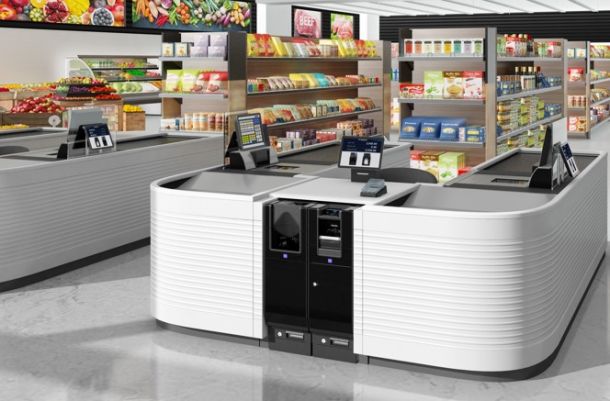Are you Hampered with Continual SKU Shortages, but your car always has fuel? Here is why!
Why do we never run out of fuel in our car, but are continually short of Raw Materials, Components and Finished Products in our business?
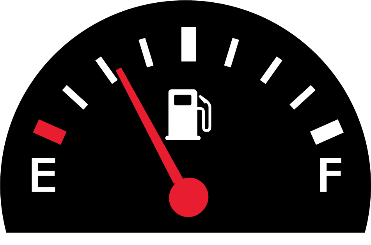
The answer is continuous visibility!
What if we had continuous visibility of all our SKU’s, could this assist us in never stocking out. Is this possible?
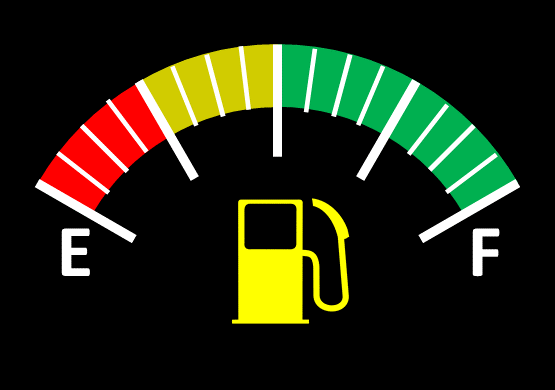
Absolutely. The Demand Driven MRP Methodology allows this to happen - daily.
Let’s see how our ‘Fuel Guage’ analogy works.
With the gauge in the Green Zone, we are happy that the car will take us on our normal daily trips. When the gauge is in the Yellow Zone, we are still OK, but if we are planning a weekend away, we might want to fill up to ensure we have enough fuel for the trip. If the gauge is in the Red Zone, then definitely we have a priority to fill up reasonably urgently. So, this visibility of our stock level helps us decide our priority and the action required with regards to the replenishment of this vital raw material.
So, how could we translate this into the replenishment of the inventory levels for your Raw Materials, Components and Finished Goods?
Well, let’s created a ‘Fuel Gauge’ for an SKU. We will use your current SKU’s Daily Usage, Lead Time to replenish, any Minimum Order Quantities (MOQ) and Demand Variability (Coefficient of Variability) to size the buffer. The beauty of the system is that, on an ongoing basis, if any of these parameters change the ‘Fuel Gauge’ or what we call the Buffer, automatically adjusts and right sizes to the current environment.
The Buffer, like the ‘Fuel Gauge’ has three zones.
- The Green Zone, which is basically the replenishment order size and indicate the replenishment order frequency based on the daily usage.
- The Yellow Zone in the heart of the demand coverage in the buffer and is calculated using the SKU’s Average Daily Usage (ADU) and the replenishment Lead Time.
- The Red Zone is the safety in the buffer and is there to absorb variability in the supply chain. It is not like traditional safety stock, doesn’t function in the same way, but is there to be used when needed because of variability.
Let’s create a buffer for an SKU that currently has an ADU of 20, a Lead Time to replenish of 14 days and a MOQ of 200.
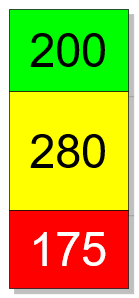
The Green Zone will be the MOQ of 200.
The Yellow Zone will be the Lead Time multiplied by the ADU, 14 x 20 = 280
The Red Zone will be calculated using a Lead Time and Variability factor, which can be determined, and in this case would give us a Red Zone of 175.
So, how do we use this buffer to determine when to send a replenishment order to our supplier? We use a unique formula called the Net Flow (NF) Calculation. The formula is:-
Net Flow = Current On-Hand + On Order – Qualified Demand
Qualified Demand is Orders Due Today, and in the past, plus any future large known demands.
Let’s say in our situation we have an on-hand balance of 275, plus an outstanding replenishment order of 200, and a qualified demand of 25. The Net Flow (NF) will be 275 + 200 – 25 = 450. This will put the Net Flow in the Yellow Zone. When Net Flow is below the bottom of the Green Zone, we would then receive an order recommendation up to the Top of Green (TOG). In this case the order recommendation will be TOG 655 – NF 450 = Order recommendation of 205 for delivery in 14 days’ time.
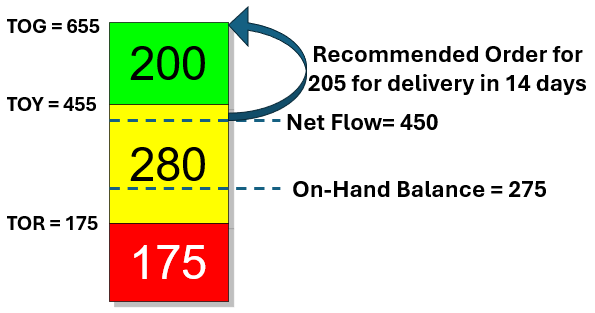
Now, what if you had a system that daily calculated the Net Flow for all your, possibly, 1,000’s of SKU’s, and presented you daily with a priority list of those SKU’s that needed replenishment, would that really assist you? Of course it would!
At Demand Driven Africa, we are a channel partner of Demand Driven Technologies (DDTech) and their IntuiFlow suite of cloud/subscription-based DDMRP software, which does exactly what we have been discussing.
In addition, we are an Affiliate of the Demand Driven Institute (DDI) and their education and certification programs for all aspects of the DDI Demand Driven Adaptive Enterprise Model.
Contact us and let us show you that by setting up ‘Fuel Gauges’ for all your SKU’s you can gain significant benefits such as improving your service levels, right sizing your inventory and, in some cases, reducing your lead times.
Ken Titmuss
083 700 4354
Related Articles

Say yes to a natural way of life and fight the ...

Transform your retail experience with Avocets c...

Supply chain community urged to “unlearn” in or...
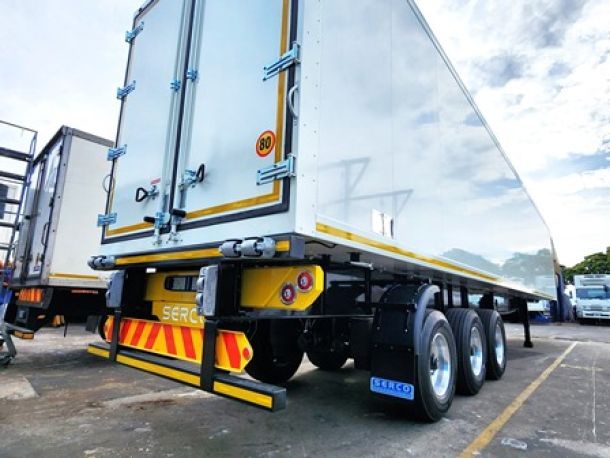
Serco Unveils Ultra Lite Refrigerated Trailer
